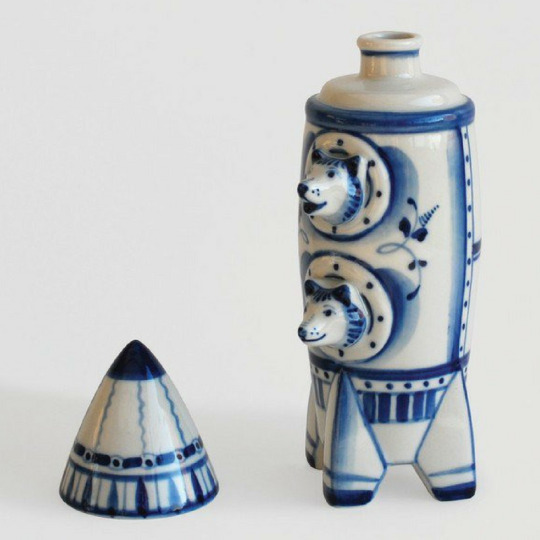🫥 (he/him 34 white) I love and unconditionally support my trans sisters. Trans women are women, and any enemy of theirs is an enemy of mine.
Last active 3 hours ago
Don't wanna be here? Send us removal request.
Text
2K notes
·
View notes
Text
18 notes
·
View notes
Text
309 notes
·
View notes
Text
146 notes
·
View notes
Text
270 notes
·
View notes
Text
43 notes
·
View notes
Text
62 notes
·
View notes
Text
love getting really into a book to the point where it affects the way i view the world around me. someone pissed me off today and my first thought was ‘well they wouldn’t survive the court of henry viii’
83 notes
·
View notes
Text
you ever feel like you were born with something rotten inside you and if people get close enough they’re gonna find out
179K notes
·
View notes
Text
She should show up at events where Prince Charles is. Give him a scare 💅 Watch to the end for the result!
123K notes
·
View notes



